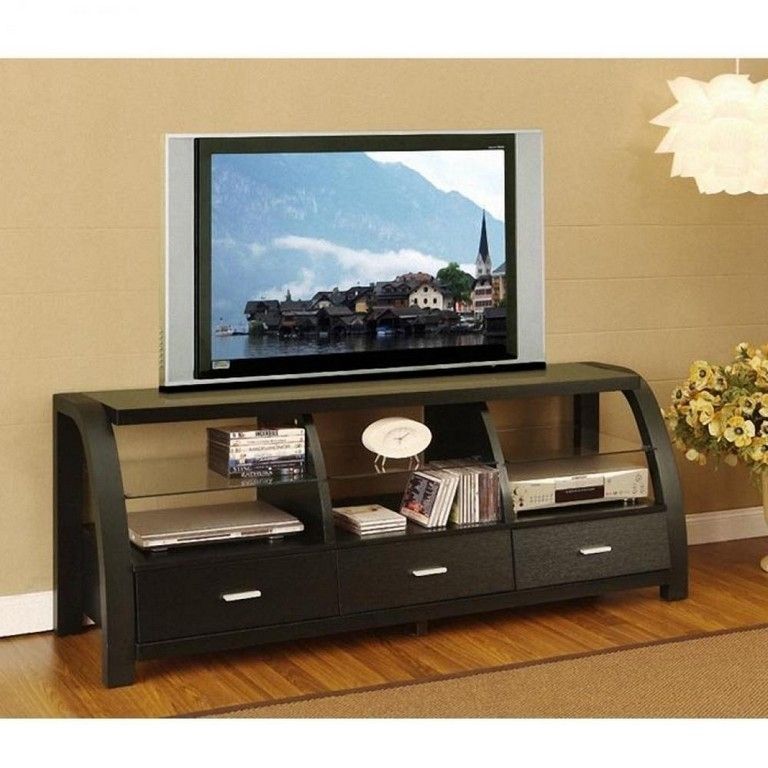

The best LCD TVs can create very bright, vivid images. Some of these sets also include local dimming, but it tends to be less effective than in sets with full-array backlights. Other sets are edge-lit, with the LEDs positioned on the sides of the screen. Typically, only pricier TVs have full-array backlights with local dimming. We’ve found that Mini LEDs can help improve contrast and black levels, and reduce halos around the edges of bright objects displayed against a dark background. Some newer sets have Mini LED backlights, which use a large number of even smaller LEDs that can be divided into more zones and locally dimmed. These models include a feature called local dimming, which divides the backlights into zones that can be dimmed or illuminated separately, depending on the scene. While they generally can’t deliver OLED-like black levels, they get better every year, especially models that use full-array backlights, where the LEDs are spread across the entire rear panel instead of just along the edges.
#60 inches flat screen tv tv#
(CR has conducted side-by-side testing of OLED and QD-OLED TVs.) And this year LG, which makes OLED TVs using a different technology (called WOLED), is promising to boost brightness on its best models.īut most TVs are LCD sets. Fashion Design Led TV 60 Inch Multi-Language Lcd Smart TV Curved Screen Wifi TV Receiving SystemDVB-T Type Of OSANDROID Resolution4K(38402160) Screen Size. Last year Samsung and Sony introduced a new type of OLED TV, called QD-OLED, that can produce a brighter overall image.

OLED TVs also have essentially unlimited viewing angles, so the picture still looks great even if you’re not viewing the screen head-on. OLED sets do a great job of displaying the blackest parts of an image, so the deepest shadows can really look black, as in real life, rather than gray. Choose from a wide range of features and technology available to produce the picture and sound you want with our BRAVIA 152 cm (60-inch) LED Smart TVs. Before you dive into the individual models, it pays to understand the two basic technologies used in today’s televisions: LCD TVs (also called LED TVs for the LED backlights that illuminate the screen) and OLED TVs, where each pixel generates its own light.


 0 kommentar(er)
0 kommentar(er)
